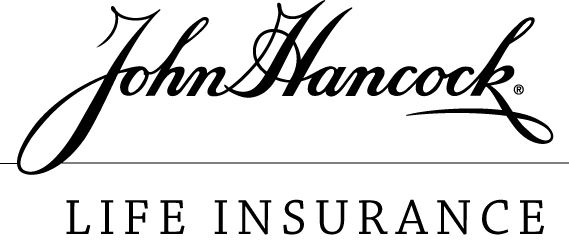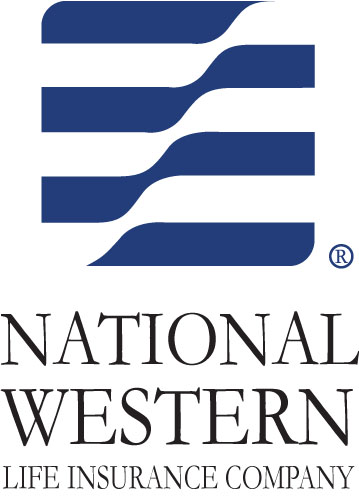Medicare Supplement Texas

800-687-8443

Are you prepared?
Families could have to make several important decisions soon after the death of a loved one. Along with those decisions, expenses from burial planning, debt balances, and out-of-pocket health care bills can quickly add up. Survivors could find themselves not only grieving, but left in debt.
No one likes to think about this now. But early planning can give you peace of mind knowing that you have taken care of your final expenses so your loved ones don't have to. Our Final Expense whole life insurance policy can help minimize the emotional and financial burden a loss could have on your family. It can help fund your final wishes.



















Planning for Tomorrow, Today
A funeral is the third largest family expense.* On average, a funeral can cost $10,000 or more.** Additional expenses associated with a funeral, such as ceremonies, transportation, and other incidentals, can be costly as well. Social Security benefits pay only $255 to qualified dependents and the Veteran's Administration benefit offers only $300.***
Our Life Insurance solutions are backed by more than 38 years of dedicated service and are designed to meet the unique needs of the families we have served for over 38 years.
We provide several distinct benefits:
- Protection from $5,000.00 to $35,000
- Peace of mind that your family will be prepared
- Find out today if you are pre-approved
- Premium that never increases
- Guaranteed non-cancelable- as long as premiums are paid on time
- No medical exams
Final Expenses may include:
- Funeral expenses
- Cemetery costs
- Medical bills
- Outstanding loans (credit card debt)
* Federal Trade Commission, www.ftc.gov
** National Caregivers Library, www.caregiverslibrary.org
*** Social Security Rules and Regs, www.ssa.gov/pubs/10008.html
Who needs life insurance?
Many people may assume that if you don't have children, you don't need life insurance. This isn't necessarily true. There are many key reasons to have a life insurance policy that you may not have considered.
Although it's unpleasant to think about, if you were to die prematurely how would your loved ones handle the loss financially? Who would pay for your funeral? Would your loved ones be financially equipped to settle your debts on their own?
A good rule of thumb to follow is if anyone would be negatively impacted by your death, you should consider the need for life insurance. If you have dependents, such as a spouse, children, or an elderly parent, the need for protection is even greater. A life insurance policy provides a cash payout (a death benefit) to your family in the event of your death. The cash can be used to replace your income so that the people who depend on you can meet their financial obligations. Dealing with a loss is already difficult enough. Adding financial burden to this difficult time only compounds the difficulties loved ones will face.
Term Life Insurance
Term assurance provides life insurance coverage for a specified term. The policy does not accumulate cash value. Term is generally considered "pure" insurance, where the premium buys protection in the event of death and nothing else.
Various insurance companies sell term insurance with many different combinations of these three parameters. The face amount can remain constant or decline. The term can be for one or more years. The premium can remain level or increase. Common types of term insurance include level, annual renewable and mortgage insurance.
Level term policy features a premium fixed for a period longer than a year. These terms are commonly 5, 10, 15, 20, 25, 30 and even 35 years. Level term is often used for long-term planning and asset management as premiums remain constant year to year, allowing for long-term budgeting. At the end of the term, some policies contain a renewal or conversion option. With guaranteed renewal, the insurance company guarantees it will issue a policy of an equal or lesser amount without regard to the insurability of the insured and with a premium set for the insured's age at that time. Some companies however do not guarantee renewal, and require proof of insurability at the time of renewal. Renewal that requires proof of insurability often includes a conversion option that allows the insured to convert the term policy to a permanent one, possibly compelling the applicant to agree to higher premiums. Renewal and conversion options can be very important when selecting a policy.
Whole Life Coverage
Whole life is generally what we recommend for burial/final expense type policies. Death benefit ranges from $5,000.00 to $35,000.00 depending on what your budget will allow.
Whole life insurance provides lifetime death benefit coverage for a level premium in most cases. On other Whole Life insurance contracts it stipulates that the policyholder is entitled to a cash value reserve, which is part of the policy and guaranteed by the company. This cash value can be accessed at any time through "policy loans" and are received income tax free. Policy loans are available until the insured's death. If there are any unpaid loans upon death, the insurer subtracts the loan amount from the death benefit and pays the remainder to the beneficiary named in the policy.
Universal Life Coverage
Universal life insurance (UL) is a relatively new insurance product, intended to combine permanent insurance coverage with greater flexibility in premium payment, along with the potential for greater growth of cash values. There are several types of universal life insurance policies which include interest sensitive (also known as "traditional fixed universal life insurance"), variable universal life (VUL), guaranteed death benefit, and equity indexed universal life insurance.
A universal life insurance policy includes a cash value. Premiums increase the cash values, but the cost of insurance (along with any other charges assessed by the insurance company) reduces cash values. However, with the exception of VUL, interest is paid at a rate specified by the company, further increasing cash values. With VUL, cash values will be and flow relative to the performance of the investment sub-accounts the policy owner has chosen. The surrender value of the policy is the amount payable to the policy owner after applicable surrender charges, if any.
Universal life insurance addresses the perceived disadvantages of whole life, namely that premiums and death benefit are fixed. With universal life, both the premiums and death benefit are flexible. Except with regards to guaranteed death benefit universal life, this flexibility comes with the disadvantage of reduced guarantees.
What is an annuity?
An annuity is a contract in which an insurance company makes a series of income payments at regular intervals in return for a premium or premiums you have paid. Annuities are most often bought for future retirement income. Only an annuity can pay an income that can be guaranteed to last as long as you live.
An annuity is neither a life insurance nor a health insurance policy. It's not a savings account or a savings certificate. You shouldn't buy an annuity to reach short-term financial goals.
Your value in an annuity contract is the premiums you've paid, less any applicable charges, plus interest credited. The insurance company uses the value to figure the amount of most of the benefits that you can choose to receive from an annuity contract. This guide explains how interest is credited as well as some typical charges and benefits of annuity contracts.
A deferred annuity has two parts or periods. During the accumulation period, the money you put into the annuity, less any applicable charges, earns interest. The earnings grow tax-deferred as long as you leave them in the annuity. During the second period, called the payout period, the company pays income to you or to someone you choose.
**** Not connected with or endorsed by the United States government or the federal Medicare program ****
Copyright © 2024 MedicareSupplementTexas.com | All rights reserved.